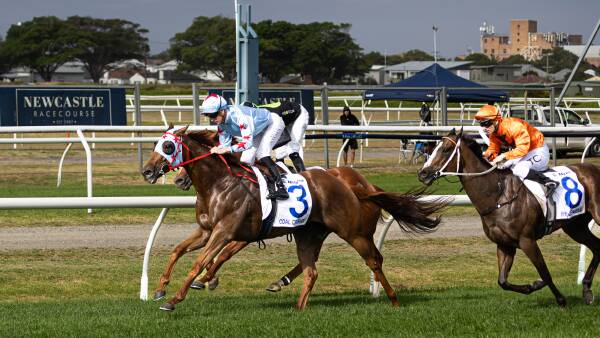A recent study highlights the potential benefits of 40Hz light and sound stimulation for individuals with Alzheimer’s disease (AD), revealing promising outcomes for long-term cognitive health. The research, conducted by the Massachusetts Institute of Technology (MIT), follows five volunteers who received ongoing treatment for approximately two years after an initial clinical trial.
The findings indicate that three participants diagnosed with late-onset Alzheimer’s maintained significantly higher cognitive scores compared to similar patients in national databases. Additionally, in the two late-onset volunteers who provided plasma samples, levels of the Alzheimer’s biomarker tau proteins showed substantial decreases. The three benefiting volunteers were all female, while the two male participants with early-onset AD did not exhibit noteworthy improvements after the two-year period.
Long-Term Effects of GENUS Treatment
This pilot study represents the most extended analysis to date of the GENUS method, which stands for gamma entrainment using sensory stimuli. The noninvasive treatment is also undergoing evaluation in a nationwide clinical trial led by MIT-spinoff company Cognito Therapeutics. The study’s lead author, Diane Chan, a neurologist at Massachusetts General Hospital and former research scientist at The Picower Institute for Learning and Memory, noted that the results suggest the method may slow cognitive decline and alter biomarker progression, particularly in late-onset patients.
The original trial began in March 2020, enrolling 15 volunteers with mild Alzheimer’s to assess whether one hour of daily 40Hz stimulation via an LED panel and speaker could yield clinically meaningful improvements. Previous studies in animals indicated that this sensory intervention enhances the strength and synchrony of gamma frequency brain waves, protects neurons, reduces harmful proteins, and supports learning and memory.
While the initial trial was abbreviated due to the COVID-19 pandemic, significant benefits were observed within the first three months. The new research evaluated five volunteers who continued using their stimulation devices on an “open label” basis for two years, with testing conducted 30 months after their enrollment.
Study Outcomes and Implications
Participants underwent various assessments, including brain wave response measurements, MRI scans, and cognitive tests, with two volunteers providing blood samples for further analysis. The researchers compared outcomes from these five participants to data from three national databases of Alzheimer’s patients, matching thousands based on factors like age, gender, and cognitive scores.
The three female volunteers with late-onset Alzheimer’s exhibited notable improvement or a slower decline in cognitive assessments. They also demonstrated enhanced brain-wave responsiveness to the stimulation and improved circadian rhythm measures. Blood samples revealed significant reductions in phosphorylated tau, with one participant showing a decrease of 47 percent and the other a decline of 19.4 percent. This biomarker has recently been approved by the U.S. Food and Drug Administration for diagnosing Alzheimer’s.
The authors remarked, “One of the most compelling findings from this study was the significant reduction of plasma pTau217, a biomarker strongly correlated with AD pathology, in the two late-onset patients in whom follow-up blood samples were available.” They concluded that GENUS may have direct biological impacts on Alzheimer’s pathology, warranting further investigation in larger randomized trials.
Despite initial preservation of brain volume observed at three months, this effect was not sustained at the 30-month mark. The two male participants with early-onset Alzheimer’s did not show significant improvements, and their responses to stimulation decreased over time. The researchers suggest that differences in disease onset, rather than gender, may explain the varying responses to treatment.
Looking ahead, the research team aims to explore whether GENUS could provide preventative effects when applied before the onset of Alzheimer’s symptoms. A new trial is currently recruiting participants aged 55 and older with normal memory but a family history of Alzheimer’s, including early-onset cases.
In addition to Chan, the study involved contributions from Li-Huei Tsai, director of The Picower Institute and senior co-author of the paper, along with numerous other researchers. Funding for this study was provided by multiple foundations and private donors, indicating a broad interest in advancing treatments for Alzheimer’s disease.
The implications of this research are significant, suggesting that noninvasive stimulation methods may offer new avenues for managing Alzheimer’s disease and improving the quality of life for patients.


































































